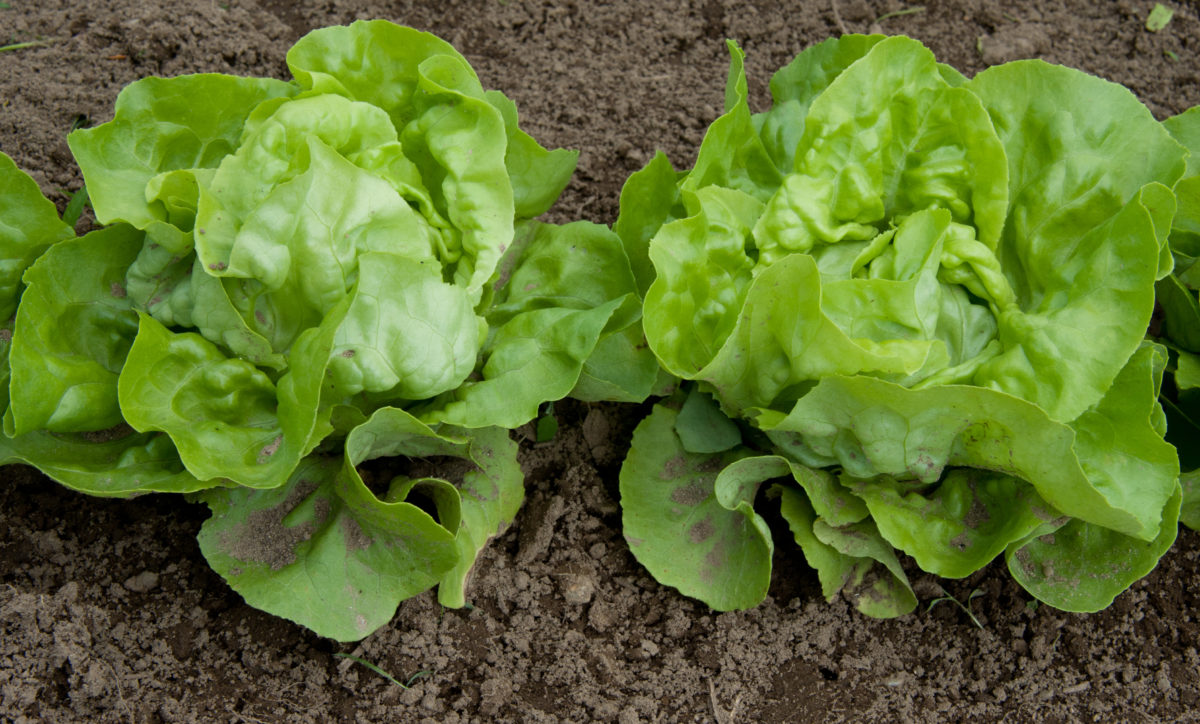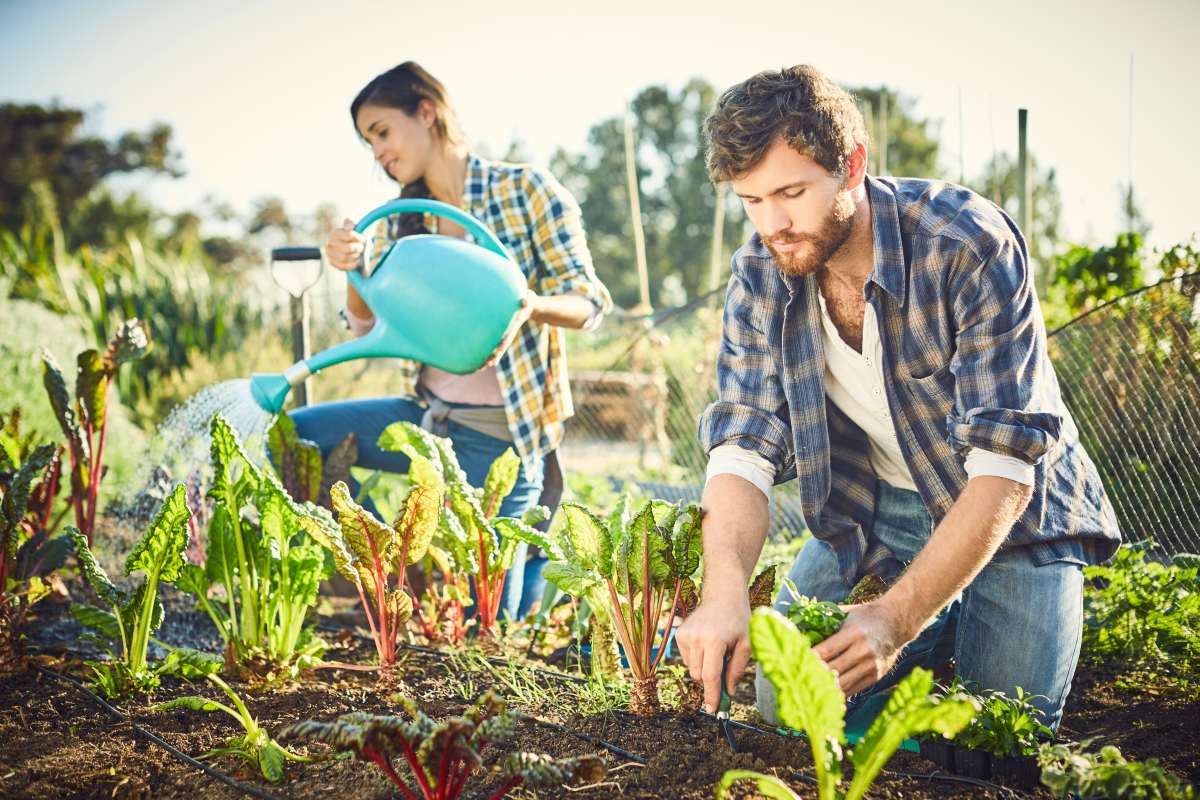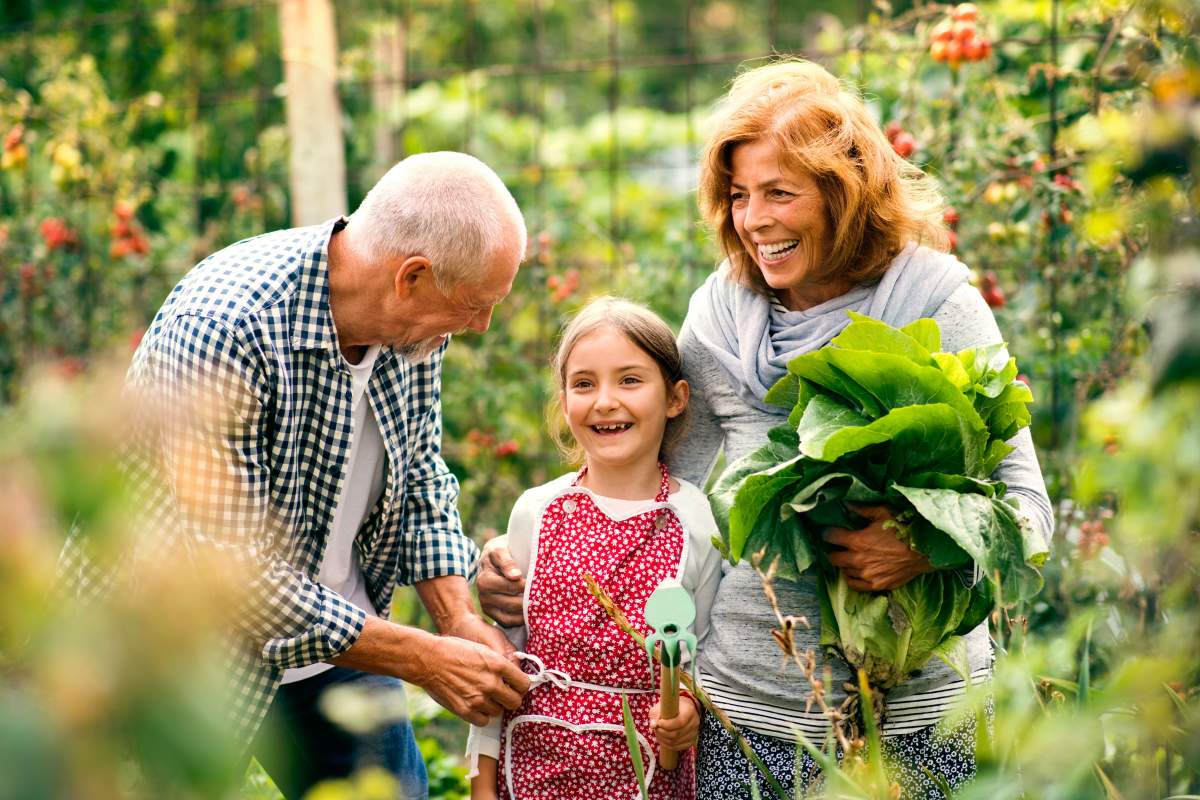
The end of summertime can be a little chaotic. Schools start back up, and you likely haven’t caught up from your last summer vacation — making preparing your yard for fall seem exhausting. Most of the preparation for the up-and-coming season consists of yard work more than anything. Meaning, cleaning out flower beds and transitioning into low maintenance lawn care.
Why not save some time and extend your gardening season by reusing your already prepared garden bed?
Second season crops can actually help protect and build your soil base throughout the year. Depending on where you live, your garden will be acclimated to different weather specifics, affecting what types of vegetables you can grow.
It’s important to look into what are the best vegetables for your climate region. For Memphis residents, lettuce may be a great vegetable to grow, but make sure you know what type. French heirloom lettuce grows well here but keeps longer in regions with a more mild winter, whereas romaine will keep growing longer in a garden in the Midwest.
Keeping in mind your location, here are some general guidelines for continuing to use your garden in the fall.
Prepare your lawn
Start the transition by cleaning your garden bed and preparing your lawn. Since they go hand in hand, quick tips for fall lawn care include aeration, overseeding for future growth, and simply adjusting your sprinkler schedule. These simplified tips will also be the core of your gardening techniques.
Clean out your garden bed
Root out annuals and tuck in perennials, and take note of how you lay out your garden for future use. Tucking in perennials is pretty standard, trim down the brown stalk to be ground level. There should be no pulling or tugging of perennials, only cut and tuck. Now you can gently pull up, in entirety, spent plants and any unwanted weeds. Dispose as practiced or recycle into your own compost.
Again, depending on your location, you may need to transition your herb garden accordingly. If you experience frost early on in the fall, I recommend bringing your herb garden into your kitchen and resting on a windowsill. For future note, you can keep an herb garden indoors year round.
Fluff up the soil
Now your garden should be cleaned of plant remnants with the exception of your shortened perennial stems. Even though you might have broken up the soil from removing spent plants, you still want to lightly fluff the soil where you are going to plant your fall seeds. Doing this will help to aerate and can increase the absorbency of the soil. Fluff the soil as needed with a gardening fork.
Replenish with compost
The soil has some breathing space again, now it’s time to comfort the soil and give it something to work with in order to take care of your new plants. As you fluff up the soil or even after, mix in some compost. If you have been maintaining your own compost, now would be an excellent time to use some of it (which should have some of your summer plant remnants in it). Here is a guide to composting at home if you need additional guidance.
Seed as desired
In this case, you have already decluttered your garden bed and prepared the soil for new plants to be born. Traditional fall vegetables can include root crops such as green beans, carrots, turnips, parsnips, beets, and radishes. A root crop is a vegetable or plant that is grown primarily as a root. They grow the best in cooler and more moist temperatures. Additional crops native to cooler fall temperatures include vegetables in the gourd family, such as pumpkins, cucumbers, squash, and cantaloupe.
Manage the garden bed as needed and nurture the vegetable to their unique characteristics. If you don’t want to follow through with the second season of gardening, I recommend laying a cover crop or adding a thick layer of mulch to protect the soil until the springtime.
Need help transitioning your lawn care and cleaning out flower beds? Visit our lawn care page for more information! We provide lawn care services around the Midwest in cities including Chicago, IL, Indianapolis, IN, Memphis, TN, Chattanooga, TN, Milwaukee, WI, Detroit, MI, and Grand Rapids, MI.
Featured image source: Dwight Sipler (CC BY 2.0)




